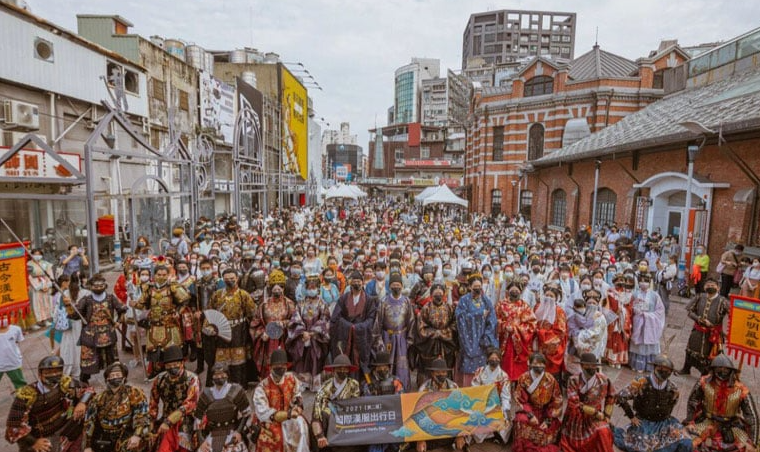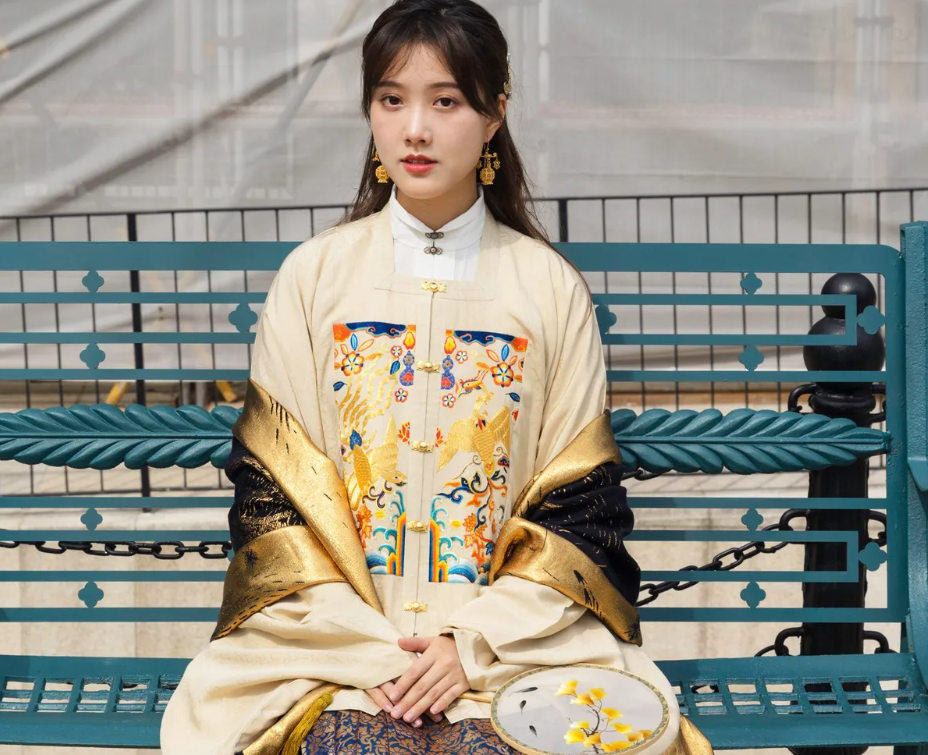Yes, some Taiwanese people wear Hanfu, especially among younger generations and enthusiasts, but it is not universally adopted.
Cultural Identity in Taiwan
Chinese Influence
The Chinese influence on Taiwan’s cultural identity is undeniable. From language to cuisine and religious practices, you can see imprints of Chinese culture throughout the island. One of the most prominent aspects is the Confucian ideology that shapes social norms and family structures. People in Taiwan celebrate traditional Chinese festivals like Chinese New Year, Mid-Autumn Festival, and Qingming Festival, where families visit the graves of their ancestors to pay respects.

Indigenous Cultures
Taiwan is also home to various indigenous groups, each with its unique language, traditions, and clothing. These indigenous cultures have been on the island for thousands of years, long before Han Chinese settlement.
Japanese Influence
Taiwan was a Japanese colony from 1895 to 1945, and this period has left a lasting impact on its cultural identity. Taiwanese cuisine also absorbed several Japanese elements, including the widespread popularity of sushi and sashimi. Moreover, Japanese pop culture, from anime to J-pop, holds a special place in the hearts of many Taiwanese people.
Modern Taiwanese Identity
The modern Taiwanese identity is a complex blend of these diverse influences, along with its own unique developments. It manifests in the food, languages, fashion, and even political outlook of its people. Younger generations, in particular, are increasingly identifying as “Taiwanese” rather than “Chinese,” reflecting a shift towards recognizing Taiwan as a separate entity with its own rich cultural tapestry. Even in the realm of traditional clothing, people are exploring ways to incorporate various elements of their multicultural heritage, be it Hanfu, Qipao, or indigenous attire.
Popularity of Hanfu in Taiwan
Hanfu Movement
The Hanfu movement, originally born in mainland China, has found its way to Taiwan as well. Despite political and social differences, the cultural root that Taiwan shares with China makes Hanfu an interesting and occasionally contentious topic. Many young people in Taiwan have taken an interest in Hanfu, viewing it as a way to connect with ancient Chinese culture. The Hanfu movement has its own dedicated communities and shops in Taiwan, where enthusiasts discuss styles, history, and craftsmanship. Schools and universities sometimes host Hanfu days where students can wear these traditional clothes, often sparking lively debate about cultural identity.
Social Media and Hanfu
Social media platforms like Instagram and Facebook have played a significant role in popularizing Hanfu in Taiwan. Bloggers and influencers often post pictures of themselves dressed in Hanfu, sometimes against the backdrop of Taiwan’s natural beauty or historical sites. This not only inspires their followers but also makes Hanfu more accessible to the general public. Hashtags like #TaiwanHanfu or #HanfuRevival regularly trend, featuring photos, articles, and even tutorials on how to wear or make Hanfu. The visual appeal of these outfits, often elaborate and colorful, makes them particularly popular on platforms that focus on visual content.
Hanfu Events in Taiwan
Several events dedicated to Hanfu have been organized in Taiwan, often coinciding with traditional festivals or special exhibitions. These events serve as a congregation point for Hanfu enthusiasts to meet, exchange ideas, and even partake in workshops that teach traditional Chinese arts like calligraphy or tea making. During major Chinese festivals like the Lunar New Year or Mid-Autumn Festival, Hanfu-themed events are especially popular, offering people an opportunity to engage with a form of cultural expression that dates back thousands of years.
Alternative Traditional Attires in Taiwan
Qipao/Cheongsam
The Qipao, also known as Cheongsam, is another traditional Chinese attire that has made its mark in Taiwan. It is especially popular among women and is often seen at formal events, weddings, and important ceremonies. Originating from Shanghai, this form of dress became widespread in the early 20th century and has undergone various modifications over time. Its figure-hugging design and high collar are iconic features. The Qipao has been adapted into modern fashion as well, and you’ll often see it with contemporary twists like shorter lengths or varying necklines. On special occasions like Chinese New Year, many women in Taiwan prefer wearing the Qipao to connect with their cultural roots.
Hakka Clothing
The Hakka people, one of the significant minority ethnic groups in Taiwan, have their own unique traditional clothing. Hakka clothing is distinct and different from Hanfu, often characterized by its practicality. Men’s attire usually consists of loose pants and shirts, while women’s outfits are often adorned with floral patterns and bright colors. The Blue Shirts (Lan Yi) with embroidered patterns are especially noteworthy.
Indigenous Taiwanese Attire
Indigenous groups in Taiwan have a rich tradition of unique clothing that differs from group to group. The Paiwan tribe is famous for their colorful beadwork. Indigenous clothing is a common sight at festivals like the Indigenous Peoples’ Day and during traditional ceremonies. They are also the focus of various cultural preservation efforts to ensure that the knowledge of making these traditional clothes passes down to future generations.
Public Opinion and Controversy
Hanfu and Politics
The Hanfu trend in Taiwan is not devoid of political implications. Given the sensitive relationship between Taiwan and mainland China, wearing Hanfu can sometimes spark debate about national identity. Some see it as a symbol of cultural unification with China, while others view it as a personal choice devoid of political significance. Interestingly, the Hanfu movement intersects with larger conversations about Taiwan’s One-China policy and its ongoing struggles for international recognition. Therefore, wearing Hanfu is not just a fashion statement for some; it can be seen as taking a stand on the issue of Taiwanese sovereignty.

Cultural Preservation vs Cultural Appropriation
This issue is even more complex in Taiwan due to its diverse ethnic landscape. Some indigenous groups and minority communities argue that the mainstreaming of Hanfu may overshadow or marginalize other traditional forms of attire.
How popular is Hanfu in Taiwan?
How much does a typical Hanfu outfit cost in Taiwan?
How often are Hanfu events organized in Taiwan?
What is the age demographic of Hanfu wearers in Taiwan?
What materials are commonly used in making Hanfu?
How long does it typically take to make a custom Hanfu outfit?
What are the advantages and disadvantages of wearing Hanfu?
- Advantages: Cultural connection, aesthetic appeal, and individual expression.
- Disadvantages: Can be expensive, impractical for everyday use, and can spark political or cultural controversies.







